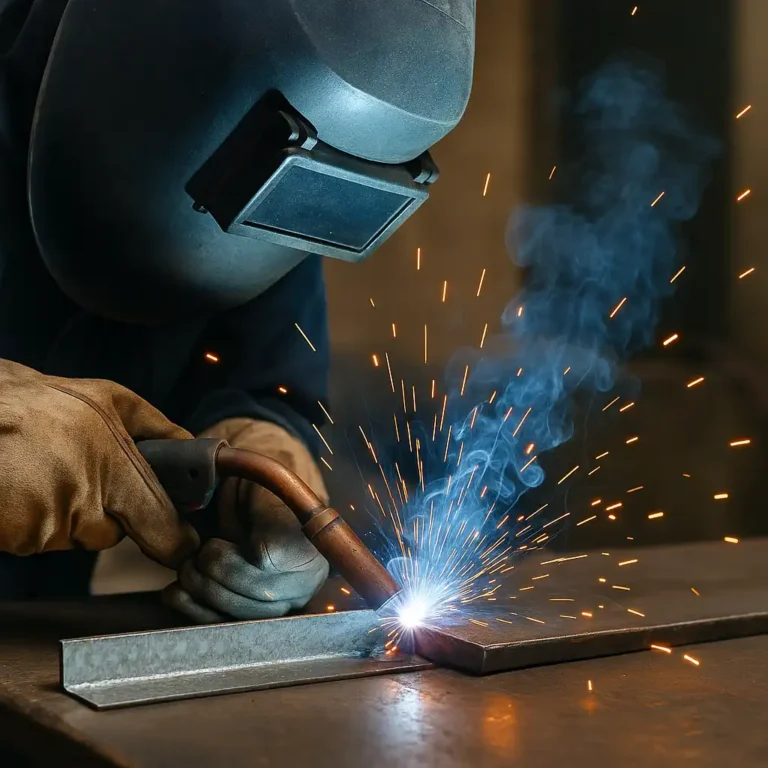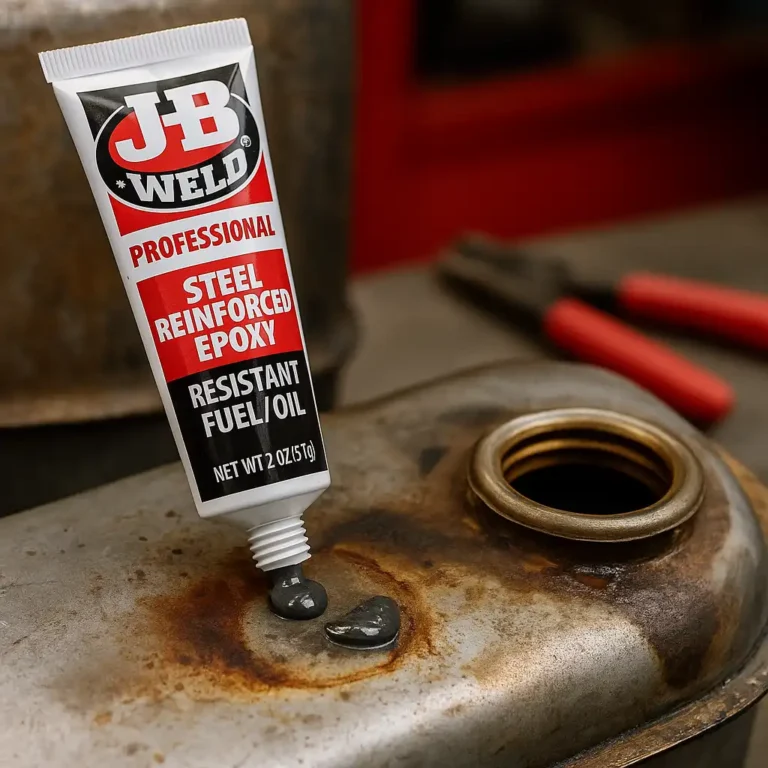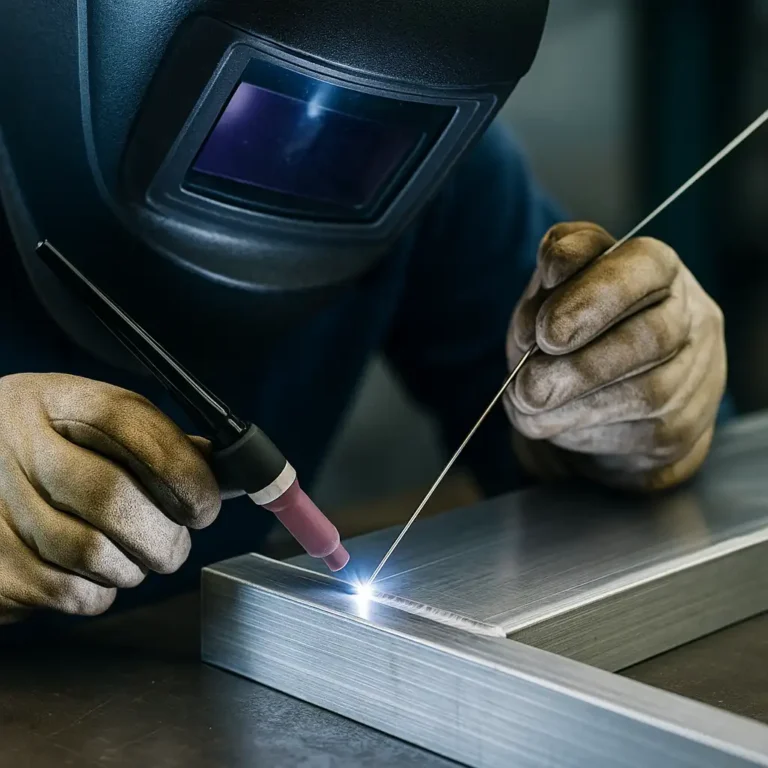Can You Weld Stainless Steel with a MIG Welder? Yes—Here’s How to Get It Right
MIG welding stainless steel is not only possible—it’s practical for many real-world jobs. With the right wire, gas, and settings, even a basic MIG setup can produce strong, clean welds on stainless. That makes it a solid option for DIY projects, small shops, and quick repairs. If you’re fabricating stainless brackets, patching a frame, or…










